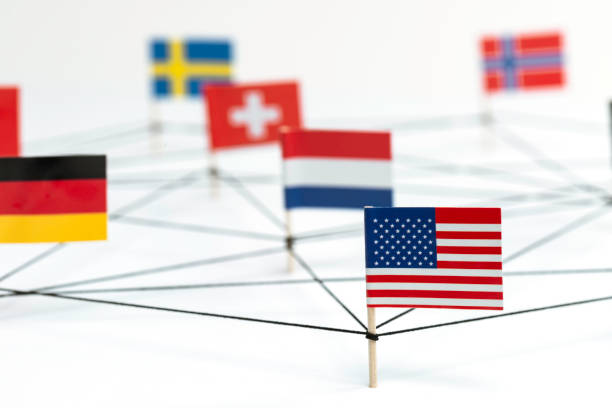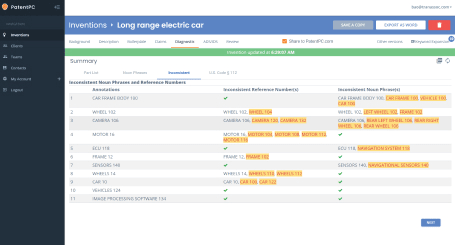Introduction
In today’s interconnected world, intellectual property (IP) is a critical asset for businesses seeking to maintain a competitive edge. Among the various forms of IP, patents play a pivotal role in protecting innovations and ensuring that companies can reap the rewards of their research and development efforts. However, as business operations expand across borders, the need for robust international patent enforcement strategies becomes increasingly evident.
This article explores the complex landscape of international patent enforcement and outlines effective strategies that businesses can employ to safeguard their inventions on a global scale.

The Global Challenge of Patent Enforcement
Enforcing patents internationally presents a unique set of challenges, primarily stemming from the diversity of legal systems, cultural differences, and variations in enforcement mechanisms. Unlike copyright or trademarks, which often have standardized international treaties (such as the Berne Convention or the Madrid Protocol), patent protection relies heavily on the adherence of individual countries to the Agreement on Trade-Related Aspects of Intellectual Property Rights (TRIPS).
TRIPS and Its Impact on International Patent Enforcement
The World Trade Organization’s TRIPS agreement sets out minimum standards for the protection of various forms of intellectual property, including patents, across member countries. While TRIPS provides a framework for harmonizing patent laws, it allows for certain flexibilities that can lead to differences in enforcement approaches.
One challenge is the varying levels of enforcement and the interpretation of patent rights. Countries with robust legal systems and a strong commitment to IP protection may provide more effective remedies, while others might have less stringent enforcement measures.
Crafting an Effective International Patent Enforcement Strategy
Given the complexities involved, businesses must develop comprehensive strategies to protect their patented inventions globally. Here are key considerations and strategies for navigating the international patent enforcement landscape:
1. Prioritize Jurisdictions Based on Business Needs
Not all markets are created equal concerning patent enforcement. Before entering a new market, businesses should conduct a thorough analysis of the legal landscape and the historical enforcement of patents in that jurisdiction. High-potential markets with strong legal frameworks for patent protection may warrant more significant investments.
2. Tailor Your Strategy to Local Laws and Practices
Understanding the intricacies of local patent laws is crucial. Some countries may have specialized IP courts, while others handle IP disputes within existing court structures. Familiarity with local practices, language requirements, and procedural nuances is essential for effective enforcement.
3. Strategic Use of International Treaties
International treaties, such as the Patent Cooperation Treaty (PCT) and the European Patent Convention (EPC),https://www.powerpatent.com/blog/overview-of-global-patent-systems-and-international-intellectual-property offer streamlined processes for filing and prosecuting patents across multiple jurisdictions. Leveraging these treaties can enhance the efficiency of the patent application process and provide a foundation for enforcement efforts.
4. Global Litigation Strategies
When disputes arise, businesses must carefully consider their approach to litigation. Global litigation strategies should involve a combination of forum shopping, where possible, and the strategic selection of jurisdictions based on their historical treatment of patent cases.
5. Alternative Dispute Resolution (ADR)
Given the time and cost associated with traditional litigation, businesses should explore alternative dispute resolution mechanisms, such as arbitration and mediation. ADR can provide a more expeditious resolution and may be better suited for certain jurisdictions.
6. Build Strong Relationships with Local Counsel
Engaging local counsel with expertise in patent law is crucial. These professionals not only understand the local legal landscape but can also provide insights into cultural nuances that may impact enforcement strategies.
7. Leverage Technology for Monitoring and Enforcement
In the digital age, technology plays a crucial role in monitoring and enforcing patent rights. Implementing robust monitoring systems and utilizing data analytics can help businesses detect potential infringements early and take proactive measures.
8. Educate Stakeholders and Foster Collaboration
Educating stakeholders, including employees, partners, and customers, about the importance of patent protection can create a culture of respect for intellectual property. Collaboration with industry associations and government bodies can also lead to collective efforts to strengthen patent enforcement globally.
9. Government Relations and Advocacy
Engaging with government authorities and advocating for stronger IP protection measures can contribute to an environment more conducive to effective patent enforcement. Businesses can participate in public policy discussions and work collaboratively with governments to improve the legal framework.
10. Risk Mitigation Strategies
Incorporating risk mitigation strategies is essential. This involves conducting regular audits of patent portfolios, assessing the competitive landscape, and staying informed about changes in local laws and regulations that may impact patent enforcement.

Conclusion
In the dynamic landscape of international patent enforcement, businesses must be proactive, adaptable, and strategic. Crafting a robust strategy involves a combination of legal acumen, technological innovation, and a deep understanding of local nuances. By prioritizing key jurisdictions, leveraging international treaties, and adopting a collaborative approach, businesses can navigate the complexities of global patent enforcement and protect their valuable innovations on a worldwide scale. While challenges persist, the evolving nature of the global marketplace demands a commitment to continuous improvement in patent protection strategies.

